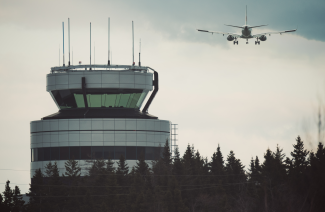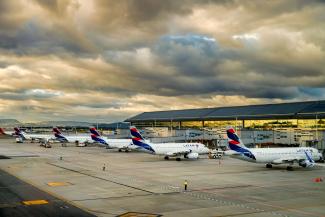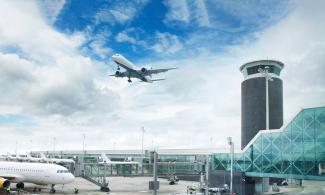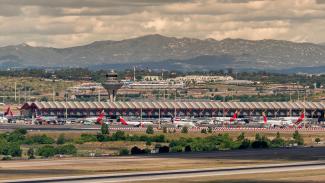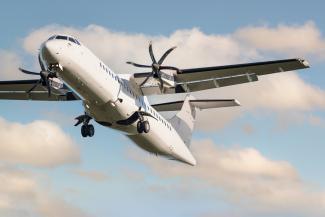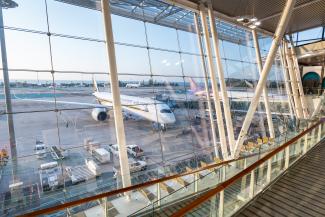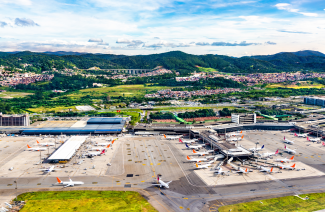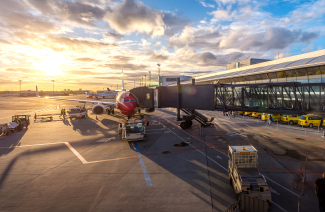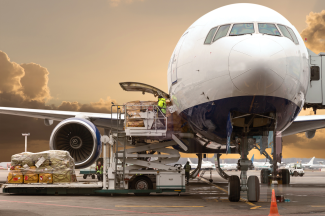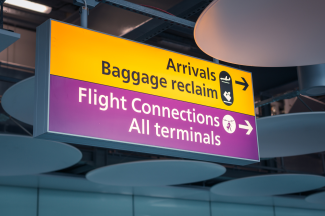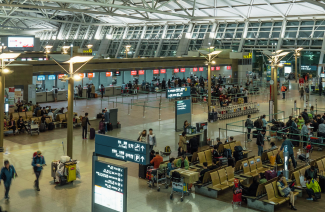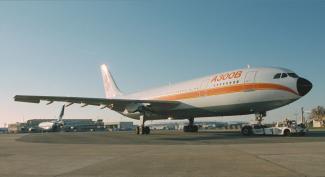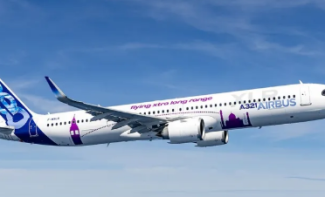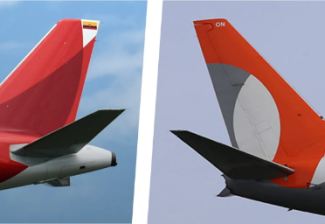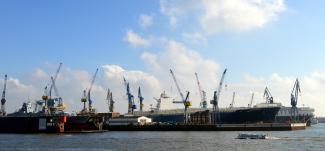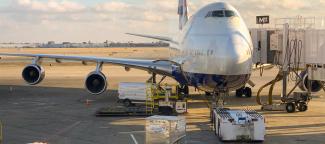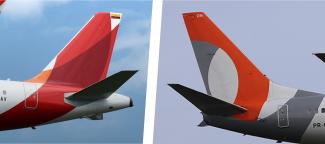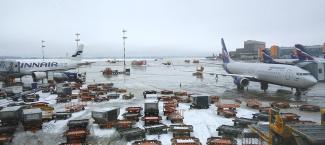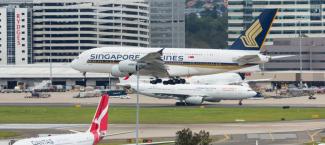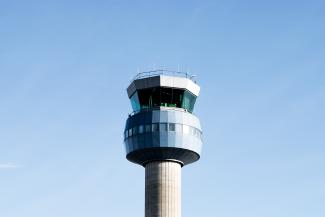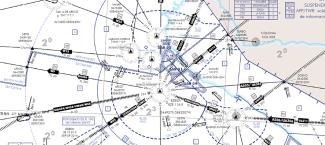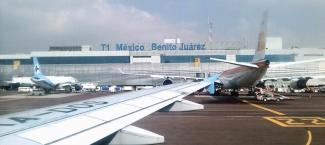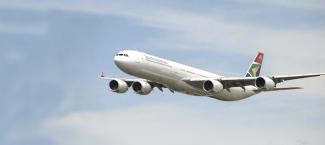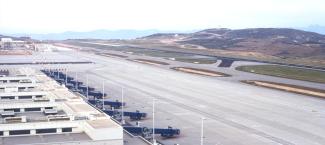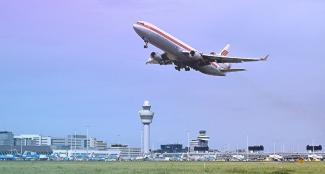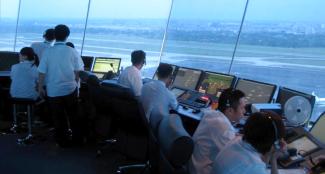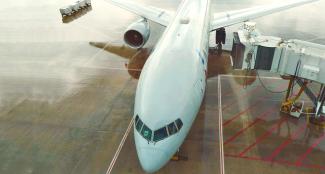A multi-airport system (MAS) is defined as a set of two or more significant airports that serve commercial traffic within a metropolitan region (Bonnefoy, 2010).
As a result of air traffic growth and capacity limitations in existing major infrastructures, it is becoming increasingly common to find this multi–airport systems already in operation or in planning stages all around the world.
Existing multi-airport systems (MAS) have adapted to the market needs and followed a common strategy ensure success that can be summarised on the following characteristics:
1. Air transport market volume
A MAS needs to have sufficient volume (20-25 Mpax) and/or an adequate segmentation of traffic that makes sense from the industry point of view (e.g.: large commercial airlines at the main airport and regional airlines in the other airports).
All the well-known airport systems – London, Paris, Rome, Sao Paulo, Buenos Aires, New York, Tokyo, etc. - have more than 20 Mpax, confirming a certain volume is needed to have several airports in the same hinterland:
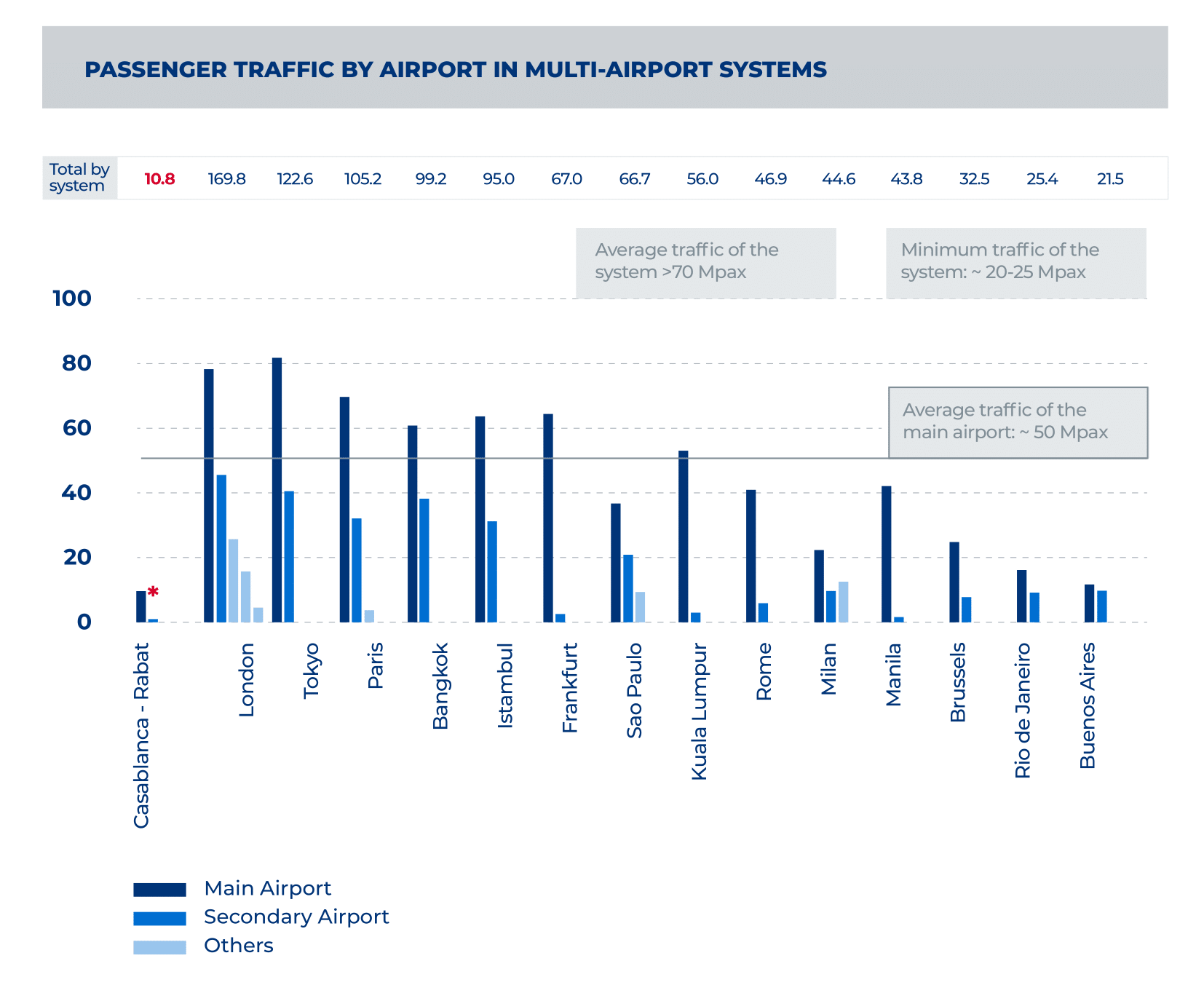
2. Demand / Capacity equilibrium
A secondary airport is needed to increase capacity if a single airport cannot provide the infrastructure to meet the expected demand (e.g.: main routes and connections at the biggest airport and O/D routes in the other airports).
The operation of several airports in the same hinterland is justified when there is not enough capacity in the main airport, the MAS of Manila, Tokyo, New York, Paris, London, Milan also exist because there is a necessity in terms of capacity.
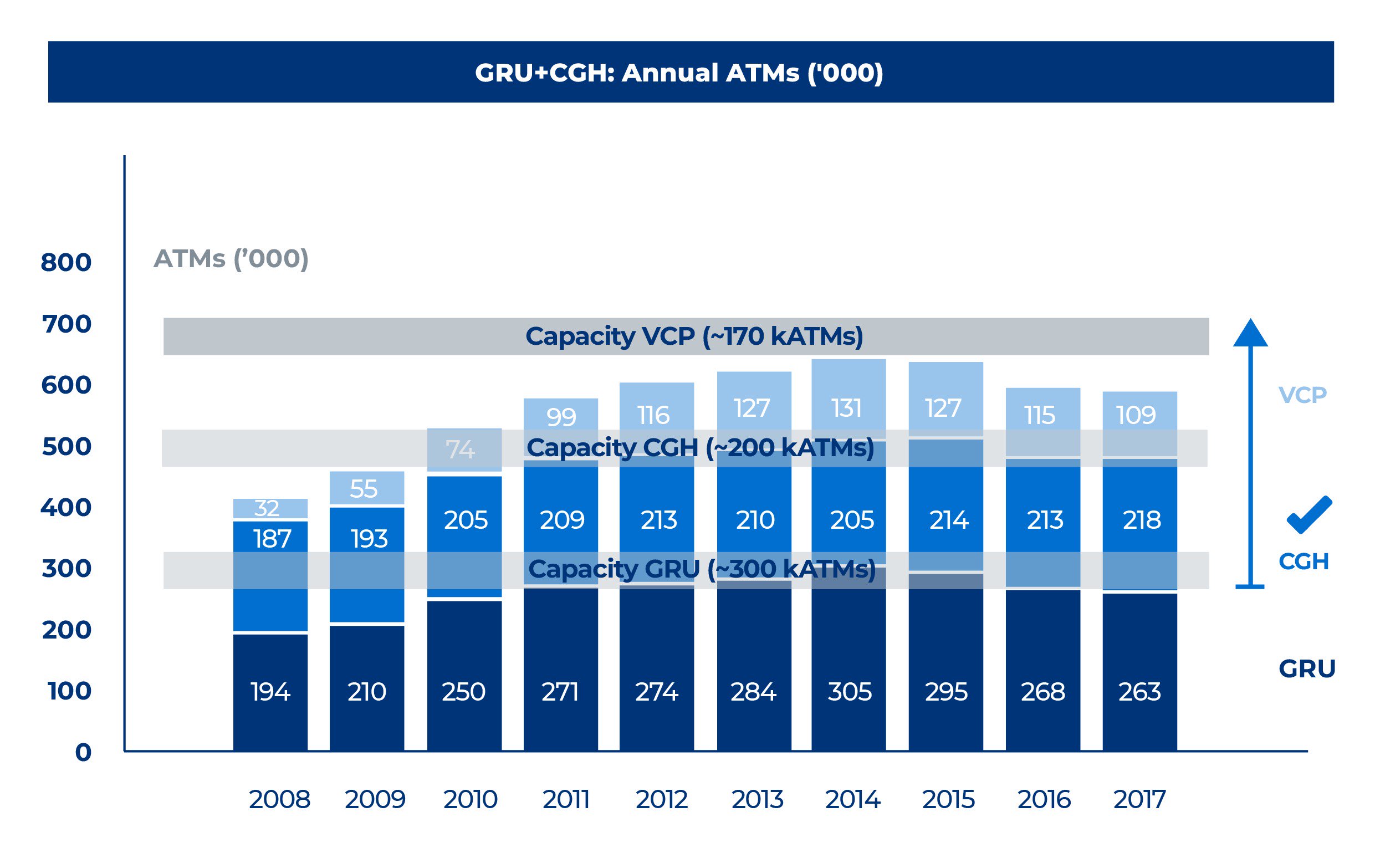
3. Quick and direct routes to urban areas
Airports need to have good connections to the main urban areas to ensure travel times are not excessive (roads, public transport, taxi, etc.). Airlines prefer to be at airports near a city; so airports far from the city may have additional difficulties to compete with the urban airport if travel times are long.
4. Activate an existing infrastructure
Viability is easier when the distant airport only needs to activate an existing infrastructure (e.g. offering cheaper fares). A strict regulation and distribution of traffic may also be needed to ensure the viability of the system.
Looking at existing success cases, when can several commercial airports coexist in a system?
A. Significant traffic volumes:
There is enough traffic volume (~20-30 Mpax) to make all airport infrastructures viable, whether individually or as a whole, with a single operator being able to manage the entire system to ensure its economic viability.
Examples: Seoul, Osaka, Milan, Bangkok, Shanghai, Istanbul, etc.
B. Lack of airport capacity:
It is necessary to have more than one airport to ensure sufficient capacity to satisfy all the traffic demand that the system receives.
Examples: London, Tokyo, Paris, etc.
C. Existing airport infrastructure chosen by LCC:
In some cases, the multi-airport system is configured by the activation of a secondary airport that was previously built and is chosen by low cost airlines (LCC) to concentrate their operations in the area (special conditions with very aggressive air fares and airport charges to create a value proposition).
Examples: Brussels (Charleroi), Manila (Clark), Milan (Bergamo), Barcelona (Girona), Frankfurt (Hahn), Paris (Beauvais), etc.
If none of these conditions are met (A, B, C), an airport system will only be successful if the original airport is closed or wisely restricted.
Successful airport systems cases, through the application of severe restrictions to the original airport activity
-
The multi-airport system has a main airport that receives commercial traffic. Economic viability is guaranteed because regional aviation in the main airport are typically very limited.
- In addition, there is a secondary airport that operates general aviation and possible commercial aviation niches (LCC, regional commercial aviation, etc.).
- Segregation of general/regional aviation from other commercial aviation, giving different use of each airport to optimise the infrastructure capacity.
1- Medellín (Colombia): Olaya Herrera Airport was the main airport in Medellín, but it is now oriented to niche markets (regional and general aviation). Given the growth expectations of Medellín traffic and the limitations of Olaya Herrera Airport, a new airport for commercial traffic was built more than 40 minutes away from the city (José María Córdova).
Both airports in Medellin are managed by the same operator, Airplan, so investments for both airports are paid with the cash flow that the entire system generates.
- The new Airport (José María Córdova) is a strategic asset for Medellín to attain better aerial connectivity. Also, the new airport still keeps some general aviation activity.
- Airport Olaya Herrera is focused on general and corporate aviation (it is closer to the city) and is trying to develop a regional network that does not interfere in the strategic project of José María Córdova Airport.
2- El Salvador (El Salvador): Old airport (Ilopango) is mainly focused on general aviation although regional aviation has recently been welcomed.
Ilopango Airport used to serve as international airport until the inauguration of El Salvador International Airport and nowadays, Ilopango is mainly focused on general, corporate, military aviation and flight schools. Some years ago the airport welcomed TAG airlines, a local carrier operating commercial flights with small aircraft.
Lessons learned through failed airport systems, which did not reach initial forecasts
The airport planners did not know how to anticipate the dynamics of the air transport industry and they did not have an effective strategy for the development of the multi-airport system.
The consequence is to have underutilised infrastructure and an airport that generates losses (“white elephant” case).
- Montreal (Canada): A bad strategy (segmentation of traffic by destination) hampered the success of new Mirabel airport located >1h. drive from Montreal vs existing Dorval Airport (located less than 30m. drive from Montreal).
Several years after its construction, all commercial aviation returned to Dorval, leaving Mirabel as an underused airport with a great infrastructure that even had to give some land back. - Vitoria (Spain): In Spain, not closing Bilbao Airport after the inauguration of Vitoria Airport was the main cause of Vitoria’s Airport failure.
In 1980, Vitoria Airport (VIT) was inaugurated with the aim of replacing the airports of Bilbao (BIO) and San Sebastian (EAS). Bilbao Airport (an airport surrounded by mountains) was expected to close when Vitoria Airport commenced operations however, although airlines first moved to VIT, BIO kept developing. Eventually airlines returned to BIO, which has never closed due to airlines interests. VIT, an airport built following ICAO standards with brand new infrastructure, is only used by freighter and some charter flights.



